Entering service shortly before the war, the Bf 110 was designed to the Zerstörer (destroyer) concept as a high-speed fighter-bomber, capable of escorting large bomber formations and performing tactical ground attack missions, as well as reconnaissance and maritime patrol duties. After initial teething troubles with the powerplant, the 110 C model, with its Daimler-Benz 601 engines, proved to be an effective aircraft in the early part of the war, cutting a swathe through the ill-prepared and often outdated Dutch and French air forces. Although fast and packing a serious punch with its nose-mounted armament of machine guns and cannon, the 110 was hampered during the Battle of Britain by its utilisation as a close escort to bomber swarms. An excellent ‘boom-and-zoom’ fighter, using its speed to quickly close on enemy aircraft, deliver a powerful strike and escape, the 110 suffered when forced into a reactionary escort role, particularly against the more manoeuvrable single-engine Spitfires and Hurricanes. On August 15th, 1940, almost 30 Bf 110s were lost in a single day, and this attrition eventually led to the type’s withdrawal from that theatre. Of the 237 serviceable 110s the Luftwaffe had begun the Battle of Britain with, a staggering 223 were lost to all causes.
Following the Battle of Britain, the Bf 110 served in Yugoslavia, the Middle East, North Africa, and several other theatres, performing capably in the ground attack role, and (when encountering inferior opposition) as a daylight fighter. Comparatively few were committed to the Eastern Front but proved very useful early on as strike fighters in the face of a weaker Soviet air force. As the campaign progressed, as in the skies over southern England, Russian pilots in increasingly advanced machines began to take a heavier toll on the 110 units, and by 1943 most had been withdrawn to Germany for the defence of the Reich where the type performed admirably as a bomber-hunter thanks to its speed and heavy forward armament.
Initially used against the USAAF daylight raids until the introduction of longer-ranged escort fighters such as the P-51 Mustang, the 110 really came into its own with the introduction of the G-series as a night fighter, exacting a heavy toll on RAF Bomber Command in defence of German cities. Progressively upgraded and improved upon, these aircraft would eventually feature the Lichtenstein air-to-air radar system and the fearsome Schräge Musik upward-firing cannon. Virtually all of the Luftwaffe’s feared night fighter aces flew the 110 G at some point in their careers, and the aircraft soldiered on in this role until the end of the war. The crisply detailed plastic aircraft found in the boxed set give you two different options for fielding your own Zerstörer squadron – take on RAF Fighter Command with the early-war C model, or scour the skies above the Reich with the Bf 110 G!
Vital Statistics (Bf 110C-4)
- Crew: 2 (pilot and air gunner)
- Length: 12.11m
- Wingspan: 16.27m
- Max Speed: 563kph
- Armament: 4 x 7.92 mm MG 7 machine guns; 2 x 20 mm MG FF/M cannon ; 1 x rear-firing 7.92 mm MG 15 machine gun
In Blood Red Skies
We’ve once again turned to the excellent Blood Red Skies online community to share their tabletop piloting expertise. Here are Marcin Nietrzebka‘s top tips for dogfighting with (and against!) Bf 110s.
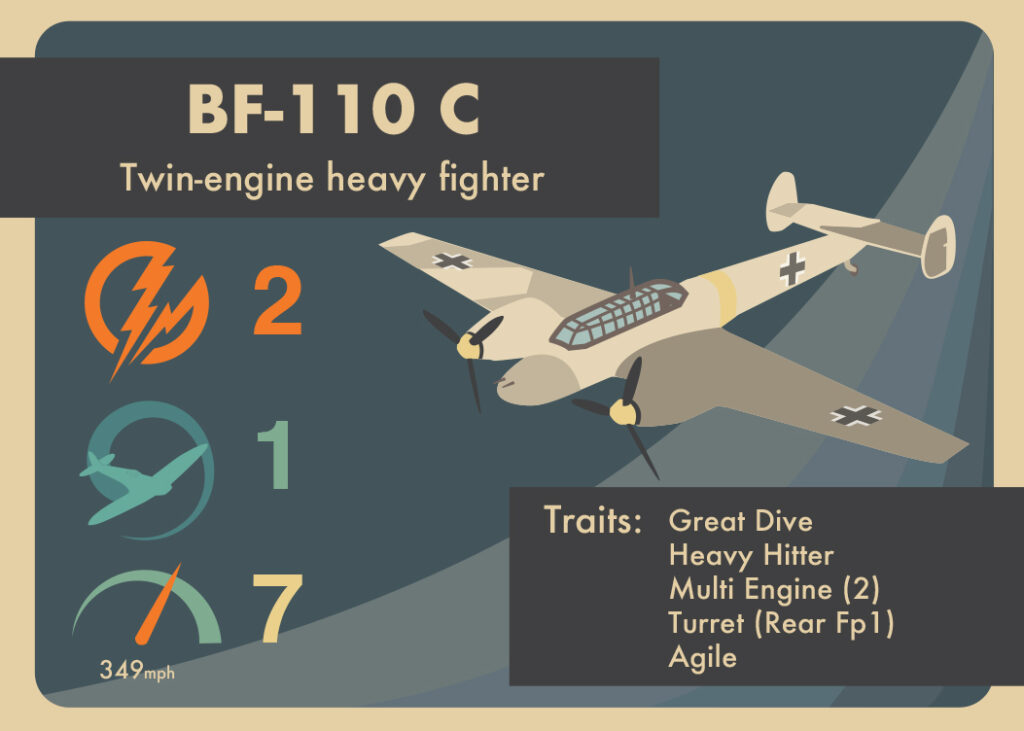
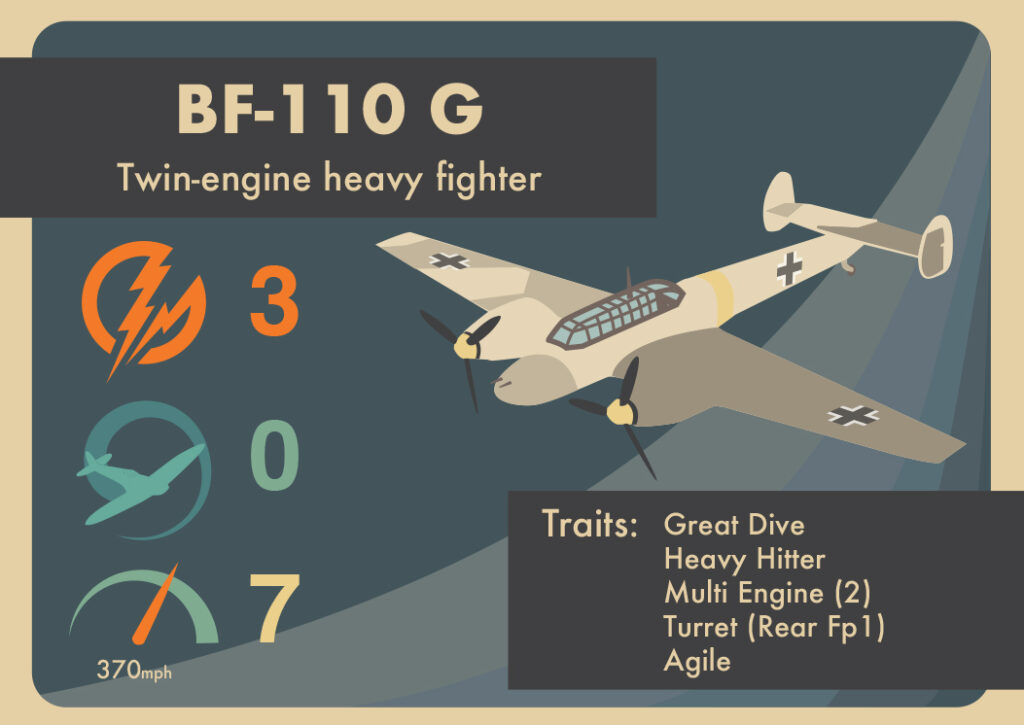
Marcin: I believe the Zerstörer design philosophy of the Bf 110 has translated very well to Blood Red Skies – heavily armed (by the standards of early-war fighters), and rather hard to shoot down because of its dual engines (and multi-engine fighter rules), its only significant limitation is its relatively low manoeuvrability that can easily be exploited by a wily opponent. We can take preventative measures to negate this by way of cards in Blood Red Skies. There are also a few guidelines to consider when flying Bf 110s:
- You should typically not be performing the Outmanoeuvre pilot action, instead using cards like Vertical Separation or the Ace skill card Mother Hen, as in a typical game, you’re not likely to have a higher pilot skill, on average, than your opponent, squadron – owing to the high points cost of each aircraft.
- Keep a tight formation and take advantage of the Wingman rule.
- Use your rear gunner! You can use your rear turret at the end of each activation regardless of the target’s relative Advantage level.
- Use hit-and-run tactics. Do not be tempted to engage with an enemy that can easily out-turn you, leaving your aircraft out of position and vulnerable.
- Climb for Advantage whenever the opportunity presents itself. Remember, the Advantaged state is always safest.
You can also consider the following Doctrine Cards:
- Make use of Defensive Tactics to make an opponent’s shot less effective (force a Deflection shot), or set up for a Head-on Attack with the Bf 110s powerful armaments. This is by far my favourite tactic for multi-engined fighters.
- Make use of Low Altitude Performance in a pinch to climb to Neutral before you activate. Remember this can be played with a bonus Great Dive owing to the aircraft’s traits.
- Dive Away (another bonus for Great Dive) is a great backup, allowing you to escape with double speed even if you are already disadvantaged – a real life saver in desperate circumstances.
Counter-Play
Now you know how to fly them, but how to counter them? Bf 110s need to be Disadvantaged before you can start damaging them, and take a lot to finish off. Here’s some tips:
- Exploit the poor manoeuvrability of the aircraft – make judicious use of the Outmaneuver pilot action and then unleash the lead.
- Avoid head-on attacks where possible.
- Make use of cards that allow you to reposition like Top Cover or Control Room to force a tailing position, making the Bf 110 vulnerable.
- Focus on one aircraft at a time, downing one before attacking others, particularly if your opponent is making use of Low Altitude performance.
- A number of Ace skill cards are useful: Snap Shot, Aggressive, Master Tactician and Giant Killer are all terrific options.
Painting Schemes
Darek Wyrozebski, the Warlord Games Design Studio’s resident expert in modelling and painting vehicles, has produced a wide range of Blood Red Skies Bf 110s to show off the different schemes through WWII.
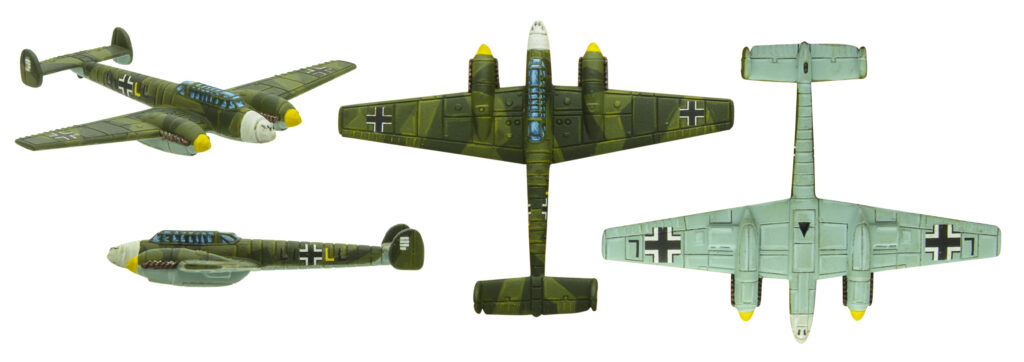
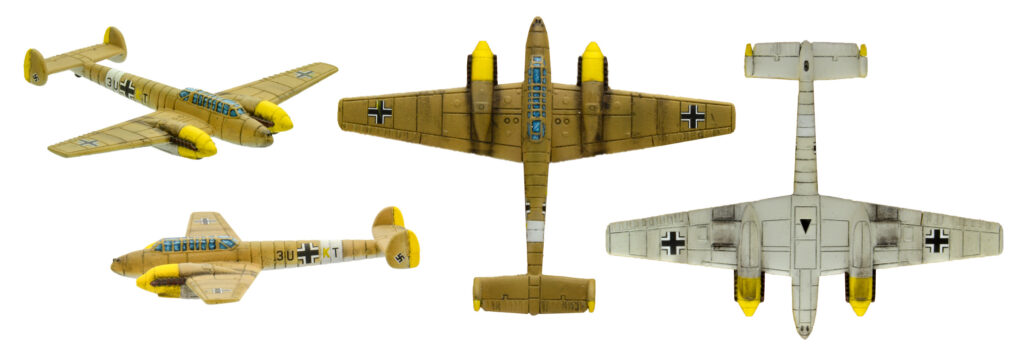
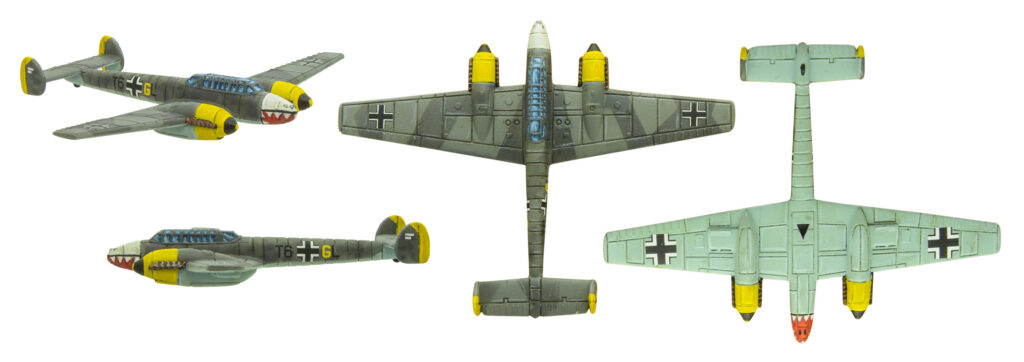
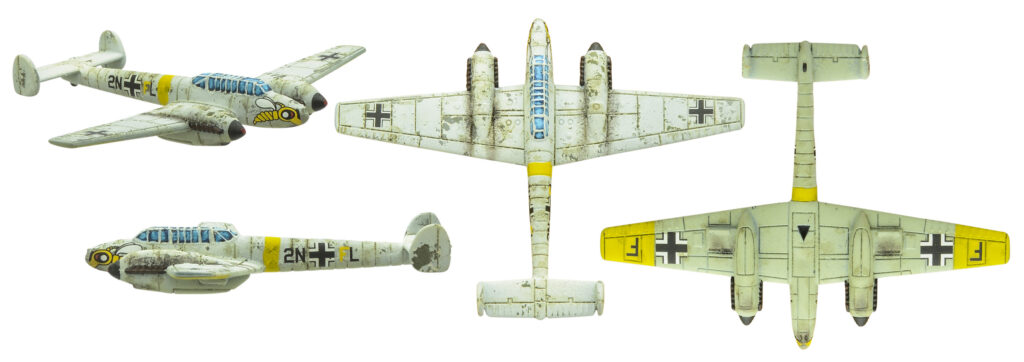
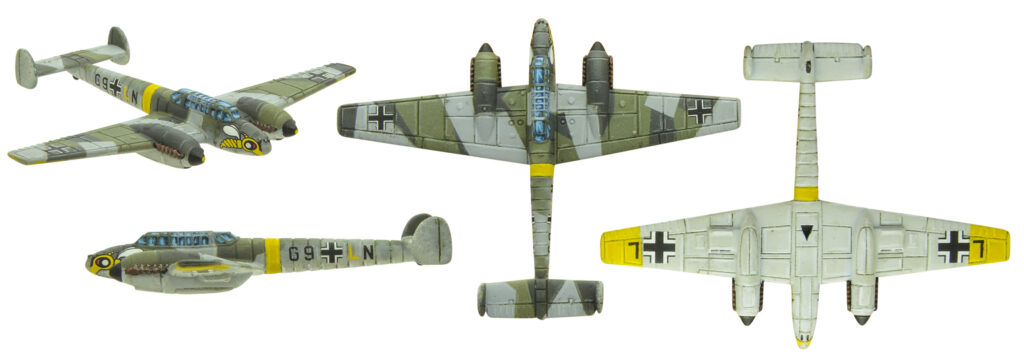
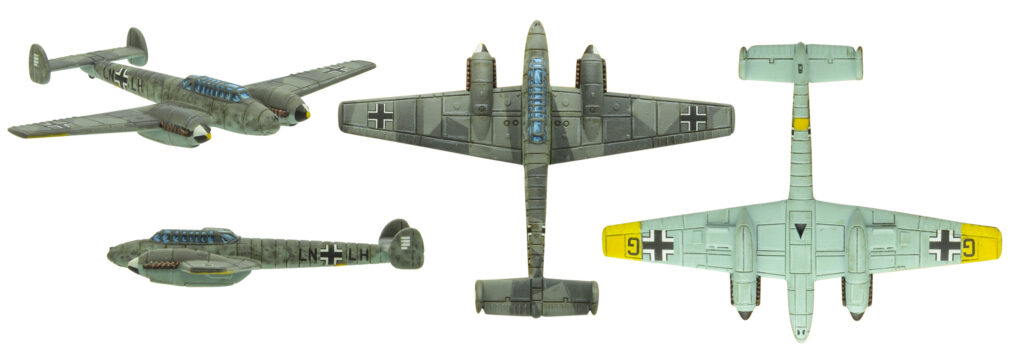
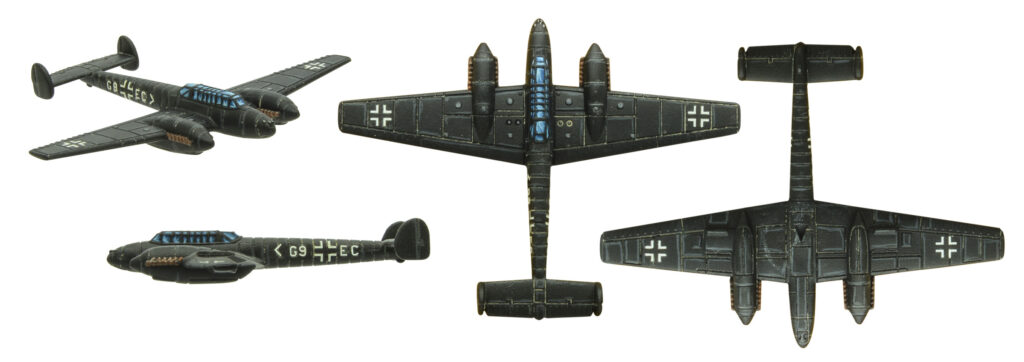
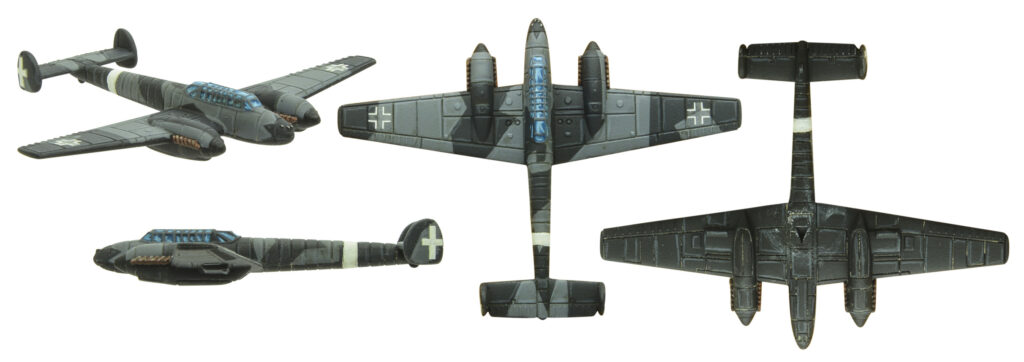
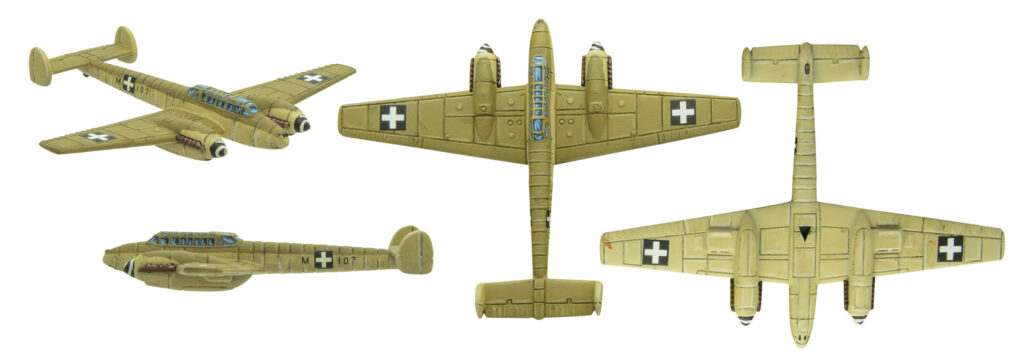
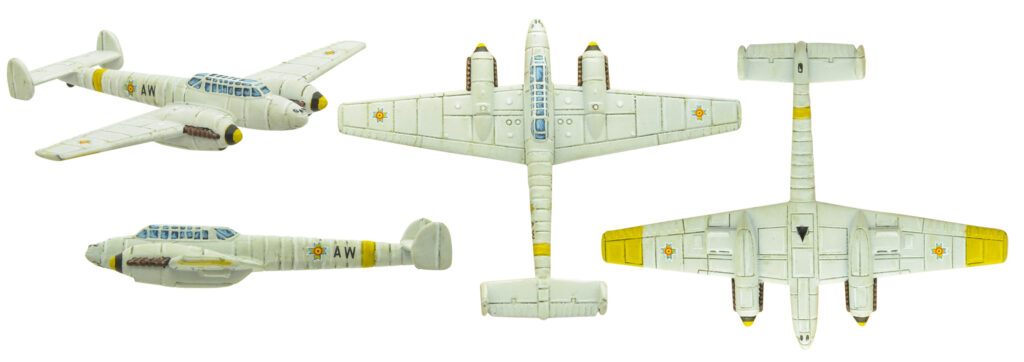
Start Your Squadron
The crisply detailed plastic aircraft found in the boxed set give you two different options for fielding your own Zerstörer squadron – take on RAF Fighter Command with the early-war C model, or scour the skies above the Reich with the Bf 110 G!
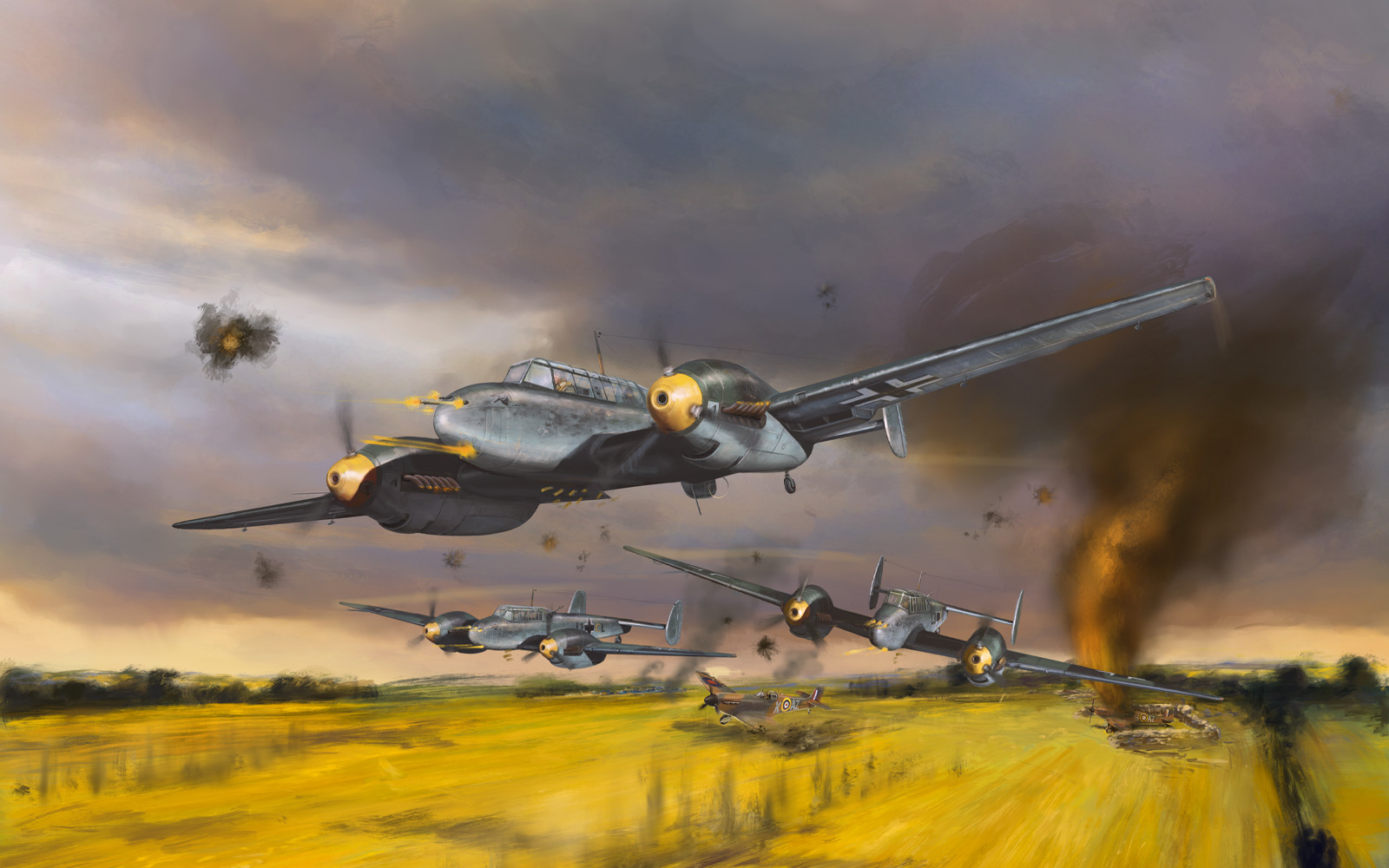
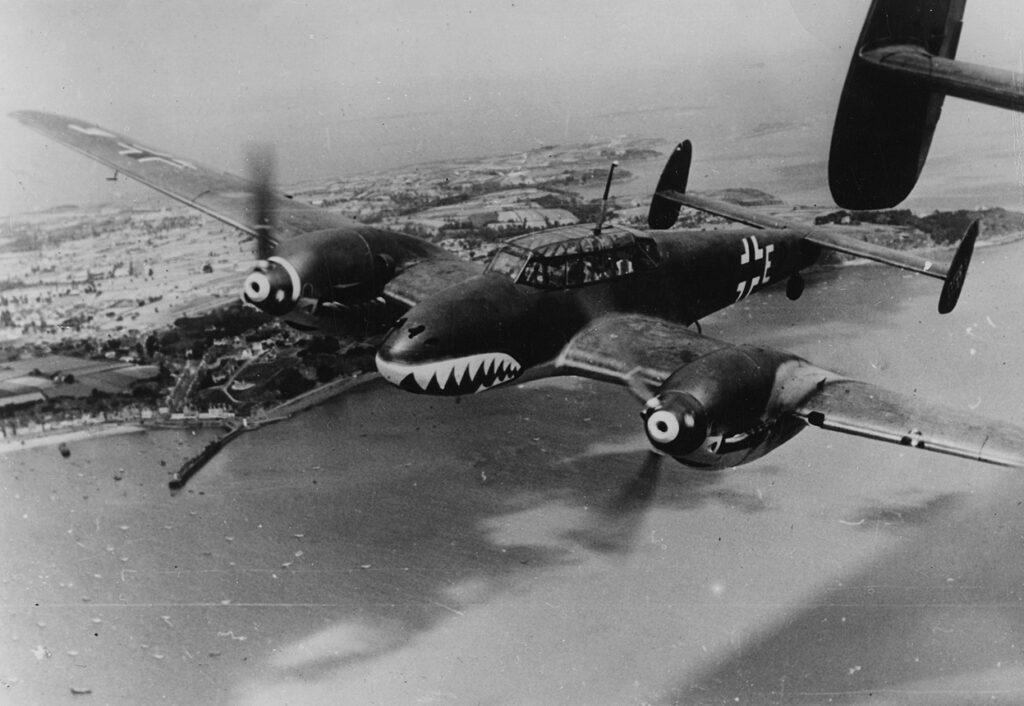
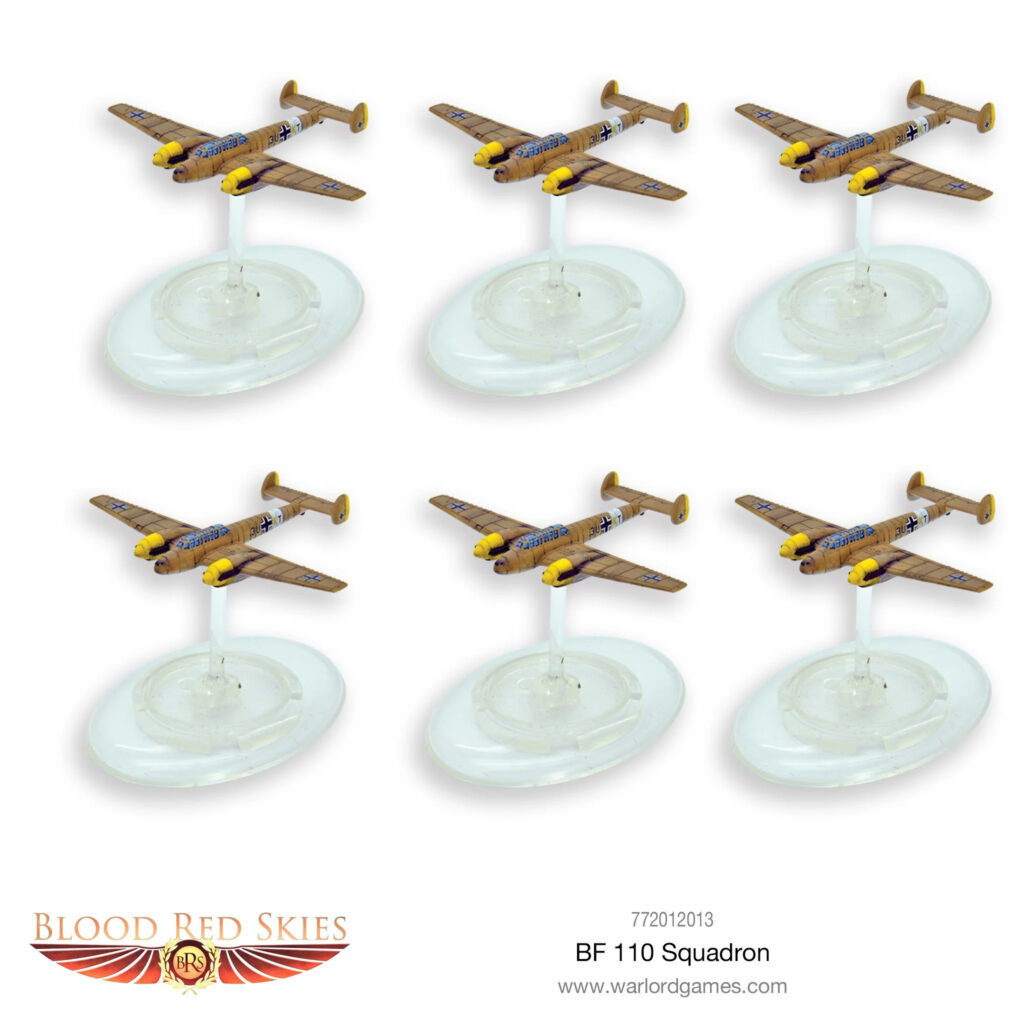
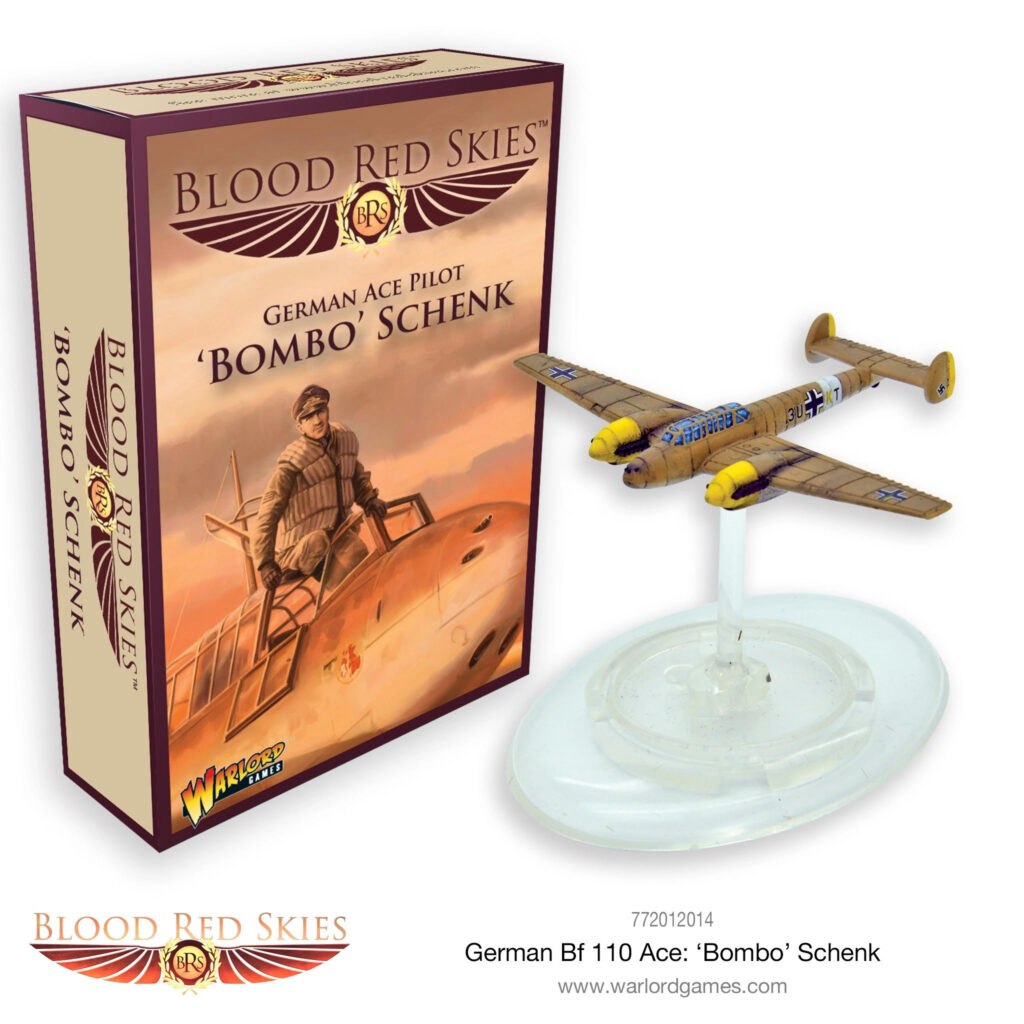
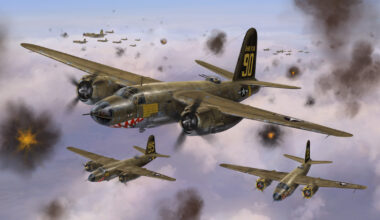
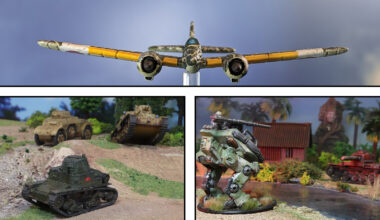
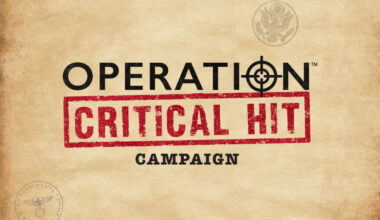
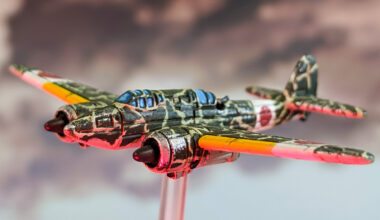
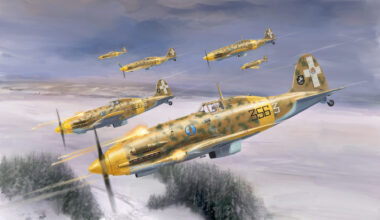
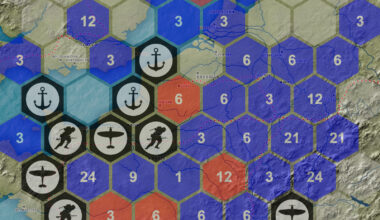
3 comments
Great article, excellent advice from Marcin on how to make the 110 truly annoying if you are playing the RAF ! Darek’s tips on painting were one of the high points of the recent Warlord open day – is it possible to list the paint matches for his different options in the same way they are now called up on the new Warlord boxes ?
Hi Mark, We’ve now listed Darek’s paint choices for each scheme. Thanks for your suggestion.
Thanks, Dan – Really appreciated.
Comments are closed.